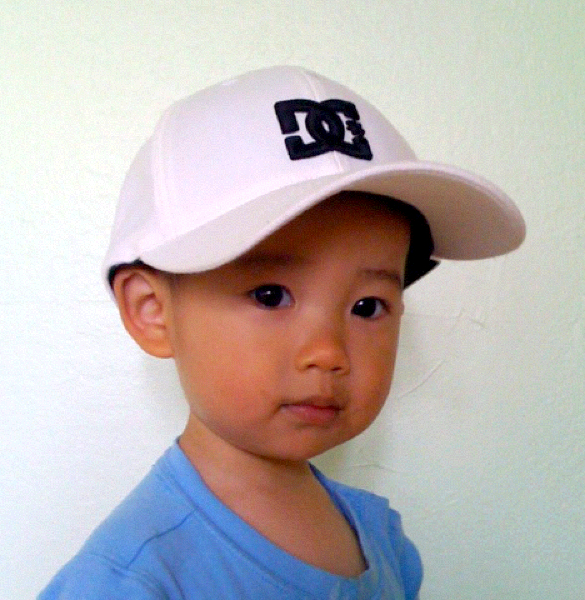Living with Tesla Model 3
After 80,000 miles, my Tesla Model 3 had repairs that I never imagined I had to do.
Tesla is one of the most prominent vendors selling electric vehicles and will remind you that electric vehicles don't require oil changes, no timing belts, spark plugs, etc. Therefore the total cost of ownership is lower in the long run. The Model 3 is a nice car when it works, but after 80,000 miles I am finding out it has different problems compared to internal combustion cars.
First of all, it is all true there is no oil change. I never had to worry about valve clearance or timing belts. Many of the services can be handled by the mobile service team, when Tesla sends a technician to a location at a time you specify to service the car. This is super convenient, and the technicians that changed air filter and rotated tires for me were friendly and finished the services quickly.
However, over the years I've experienced problems I've never had before with various cars I owned.
Dead 12V Battery
Dead battery happened to my cars from Honda and Mazda. But it is clear what happened, the engine cranks but never starts, and you could use a multi-meter to see if alternator is charging the battery. Surprisingly on a Model 3 with large battery that powers the car, it still depends on a 12V battery. And when it dies, the car just does not work. The console will flashing all sorts of failure messages. You can't even roll down the window. So, if you manually open the door because you were trapped in the car, the window will not retract and closing the door too hard risks shattering the window. You can't drive it, even if your main battery is fully charged, so you have to tow it to a service center for them to run diagnostics on it before swapping out the dead battery, because they too, don't know if there is something else wrong with the car and couldn't tell you remotely.
Rear Quarter Glass
The back seats can be lowered from inside. Other cars may have locks for the seats but Tesla cars don't come with a physical key. It takes just seconds to shatter that window and now thieves can take what is in the trunk. Some idiot did that and stole a bag with gym shorts in it. It costs $400 to replace it, but the worst thing is, that quarter glass may not be in-stock.
Occupancy Sensor
I would be driving normally and suddenly get a warning about "safety restraint system fault/service is required." This message comes and goes and emits the same warning tone as other critical warnings and so you are left with an uneasy feeling while driving. After changing the harness (another $400) the problem came back the same day. This time Tesla is going to replace the entire seat ($2000). I've never had to change car seats before. Again the seat may not be in-stock. Searching the Internet showed that I am not the first person who experienced this. Service team couldn't even tell me if the car was safe to drive, and asked me to call road-side assistance to figure that out. Eventually I found out that the warning happens when the car bypassed the occupancy sensor and will now deploy air bags always, so you can drive the car to get it serviced.
Not A Traditional Car
If you drive a Japanese car from Honda or Toyota, and sort of follow the maintenance schedule, you can expect them to be fairly reliable. There are a lot of places that will perform oil changes or service them, and parts are not difficult to find. You drive your car to work and chances are good your car will take you home, even if some warning lights come on. In a pinch you can jump start your car.
Tesla cars, on the other hand, are not built to the same standards and quality. And when they misbehave you are dealing with a computer that you cannot debug and fix. You can reboot the infotainment system (hold both scroll wheel buttons on your steering wheel and step hard on break), and hope that the car will be back to normal, that's it. The more repairs I had to do with this car, the more I feel like there are a lot more design defects waiting to be discovered. This is not just costly but very frustrating, like you cannot trust your car. A firmware update may change even the UI layout and interaction model. So now you have to re-learn the sequence of button presses that gets you what you need, if the feature is still present. Like a lot of software out there, Tesla's system has bugs that you learn to live with.
But why do I feel like I am forced to beta-test my car? I want a reliable and safe car more than a car that can play video games or generate fart sounds. I do see the potential for improvements delivered over-the-air, but in many instances I wished Tesla copied the way or is able to meet the standards and qualities of other car manufacturers, foreign or domestic.

